| 1 YEAR |
1 semester | 6 CFU |
| Vincenzo MULONE (3cfu)
TBD (3cfu) |
A.Y. 2025-26 |
| Code: SSD: ING-IND-08 (by Mechatronics Engineering) |
| 1 YEAR |
1 semester | 6 CFU |
| Vincenzo MULONE (3cfu)
TBD (3cfu) |
A.Y. 2025-26 |
| Code: SSD: ING-IND-08 (by Mechatronics Engineering) |
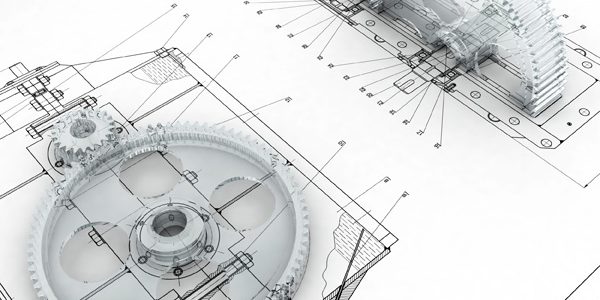
| 1 YEAR |
1 semester | 6 CFU |
| Marco Ceccarelli | A.Y. 2025-26 |
| Code: 80300216 SSD: ING-IND-13 (by Engineering Sciences) |
OBJECTIVES
LEARNING OUTCOMES: The course aims to teach students the knowledge and tools that are needed to address the issues that are related to the identification, modeling, analysis, and design of multi-body planar systems in English language and terminology
KNOWLEDGE AND UNDERSTANDING: modeling and procedures to recognize the structure and characteristics of mechanisms and machines
APPLYING KNOWLEDGE AND UNDERSTANDING: acquisition of analysis procedures for the understanding of kinematic and dynamic characteristics of mechanisms and machines
MAKING JUDGEMENTS: possibility of judging the functionality of mechanisms and machines with their own qualitative and quantitative assessments
COMMUNICATION SKILLS: learning technical terminology and procedures for presenting the performance of mechanisms
LEARNING SKILLS: learning technical terminology and procedures for the presentation of the performance of mechanisms
PREREQUISITES: knowledge of basic mechanics of rigid bodies and computation skills
SYLLABUS
Structure and classification of planar mechanical systems, kinematic modeling, mobility analysis, graphical approaches of kinematics analysis, kinematic analysis with computer-oriented algorithms; dynamics and statics modeling, graphical approaches of dynamics analysis, dynamic analysis with computer-oriented algorithms, performance evaluation; elements of mechanical transmissions.
BOOKS:
Lopez-Cajùn C., Ceccarelli M., Mecanismos, Trillas, Città del Messico
Shigley J.E., Pennock G.R., Uicker J.J., “Theory of Machines and Mechanisms”, McGraw-Hill, New York
Handnotes and papers by the teachers

| 1 YEAR (Block D) |
1 semester | 8 CFU |
| (from Physics) | |
| Prof. Giuseppe DIBITETTO |
A.Y. 2024-25 |
| Code: 80300141 SSD: FIS/02 https://www.master-mass.eu/s1-mathematical-methods-for-physics/ |
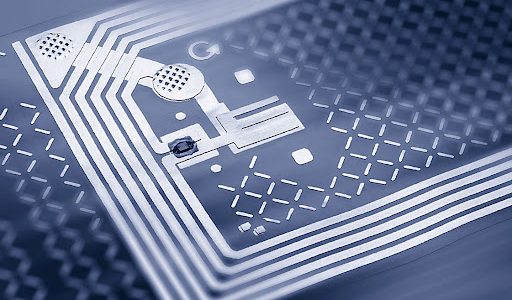
| 1 YEAR (Block D) |
1 semester | 6 CFU |
| (from Physics) | |
| Prof. Herve Bourdin |
A.Y. 2024-25 |
| Code: 80300139 SSD: FIS/05 |

| 1 YEAR (Block C) |
1 semester | 6 CFU |
| (from ICT Internet Engineering) | |
| Prof. Gaetano MARROCCO |
A.Y. 2024-25 |
| Code: 8039528 SSD: ING-INF/02 |
(prerequisite: ELECTROMAGNETIC FIELDS)
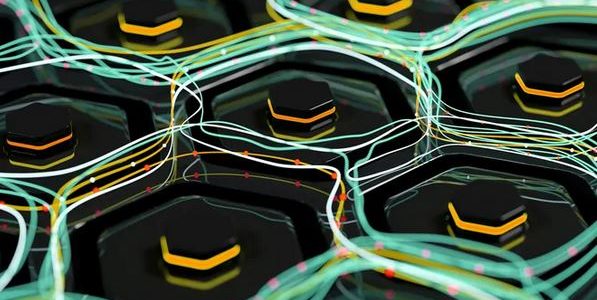
| 1 YEAR (Block C2) |
1 semester | 6 CFU |
| Prof. Fabio Matteocci |
A.Y. 2024-25 (new) |
| Code: 80300150 SSD: ING-INF/01 |
The course requires a basic knowledge of nanotechnologies applied to the generation and storage of electric power, as well as a basic understanding of the functioning of solar cells and batteries.
FORMATIVE OBJECTIVES
LEARNING OUTCOMES:
The main objectives of the course are the study of electric power generation and storage systems that can be implemented on vehicles. The lessons, therefore, focus on next-generation photovoltaics, thin-film deposition techniques, storage systems, supercapacitors, and thermoelectricity. The generation and storage technologies will then be studied from an application perspective through case studies.
KNOWLEDGE AND UNDERSTANDING:
Students will be able to:
a) To learn the working principles for energy generation and storage (EGS);
b) To understand and explain the solutions for EGS when applied in vehicles;
c) To solve simple problems concerning the use of design of integrated EGS systems;
d) To know how to design, develop and release a simple EGS system for vehicle integration.
APPLYING KNOWLEDGE AND UNDERSTANDING:
The student will be able to recognize the applicability areas for the various EGS systems. She/He will also be able to apply the knowledge and understanding developed during the course to study and understand recent literature.
MAKING JUDGEMENTS:
Students should be capable of identifying specific design scenarios and applying the most appropriate techniques for EGS. Additionally, they should be able to compare the effectiveness of various EGS systems while evaluating their advantages and disadvantages.
COMMUNICATION SKILLS:
The student will be able to clearly and unequivocally communicate the course content to specialized interlocutors. He will also be able to communicate the main approches to the development of EGS systems. The student will also have a sufficient background to undertake a thesis/research work in EGS applications.
LEARNING SKILLS:
Being sufficiently skilled in the specific field to undertake subsequent studies characterized by a high degree of autonomy.
SYLLABUS
1. Introduction on Nanotechnology: Top Down and Bottom Up Approaches2. Physical, Chemical Deposition, Solution Processing (Working Principle and Applications) 3. Energy Generation: Conventional and Emergent Photovoltaics (Working Principle and Applications).
4. Case of Study: Perovskite solar Cells (Working Principle, Deposition Techniques and applications)
5. Storage: Conventional and Emergent technologies for Batteries
6. Electrical and Chemical Properties of Batteries (Working Principle)
7. System Integration of Energy Generation and Storage solutions
8. Opportunities and Limitations of vehicle-integrated solutions for Generation and Storage 9. Beyond Batteries: Supercapacitors and thermoelectricity
The lecture will be held in the classroom with the projection of slides that will be released to the students at the end of the lecture.
The student will only be admitted to the final exam if they have attended 80% of the course hours.

| 2 YEAR | I semester | 4 CFU |
| Speleers | A.Y. 2025-26 |
| Didatticaweb | |
| (from the Mathematical Department)
Code: 8065938 |
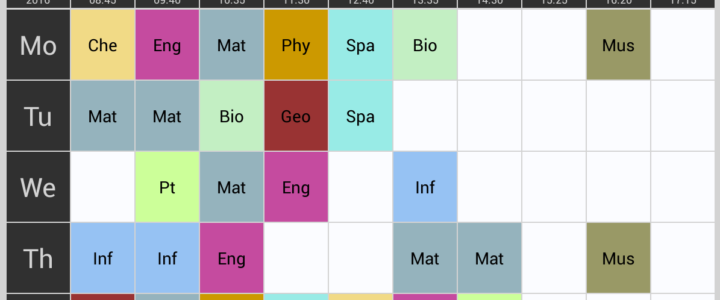

| 2 YEAR | I semester | 6 CFU |
| Mauro De Sanctis | ICT and Internet Engineering (6 of 9) |
| A.Y. 2023-24 | |
| Didatticaweb
Code: 80300052 |
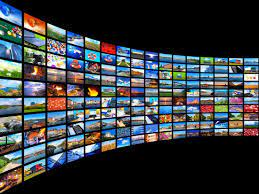
| 2 YEAR | I semester | 6 CFU |
| Tommaso Rossi (3cfu)
Cesare Roseti (3cfu) |
ICT and Internet Engineering |
| A.Y. 2023-24 | |
| Code: SSD: ING-INF/03 |
FORMATIVE OBJECTIVES
The course module provides an overview of the technologies involved in the multimedia application evolution from analogue to digital, from linear television to video on demand. To this aim, the module addresses the main TV standards, the TCP/IP protocols involved in modern streaming services, the network architectures and the different service modes.
PREREQUISITES: A good background in TCP/IP protocols.
SYLLABUS:
PARTE I – Digital TV standards, MPEG-2 and Transport Stream, IP encapsulation over DVB.
PARTE II – IP multicast, IGMP, IP multicast routing
PARTE III – Transport protocols for IP multimedia applications; Video streaming applications and CDN, the multimedia protocol stack, RTP and RTCP, multimedia signalling protocols: RTSP, SDP and SIP, Key Performance Indicators.
PARTE IV -Adaptive Streaming over HTTP, MPEG-DASH, Support to multimedia applications over 5G.